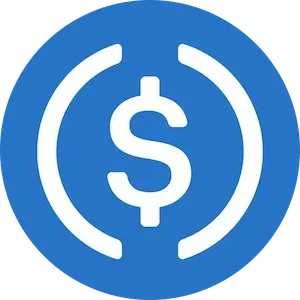That evening, Coinbase announced they would be pausing USDC redemptions for dollars until the following Monday, claiming it was only because in times of high volume, they needed to process transfers via the traditional banking system. Despite their stated reason, this deepened fears about the stability of USDC, which is supported in part by Coinbase.
The price of USDC began to wobble on smaller, less liquid exchanges like Gemini and Kraken before the issue was reflected more widely. However, most exchanges were showing USDC trading at prices between $0.90 and $0.98 later that night — a noticeable departure from USDC's normally fairly steady peg.
A sustained de-peg would wreak havoc on the crypto industry, where USDC is the second largest stablecoin and boasted a $43 billion market cap (at least before substantial outflows surrounding the SVB concern). Other stablecoins even have exposure to USDC, with both FRAX and DAI using USDC for significant portions of their collateral.









